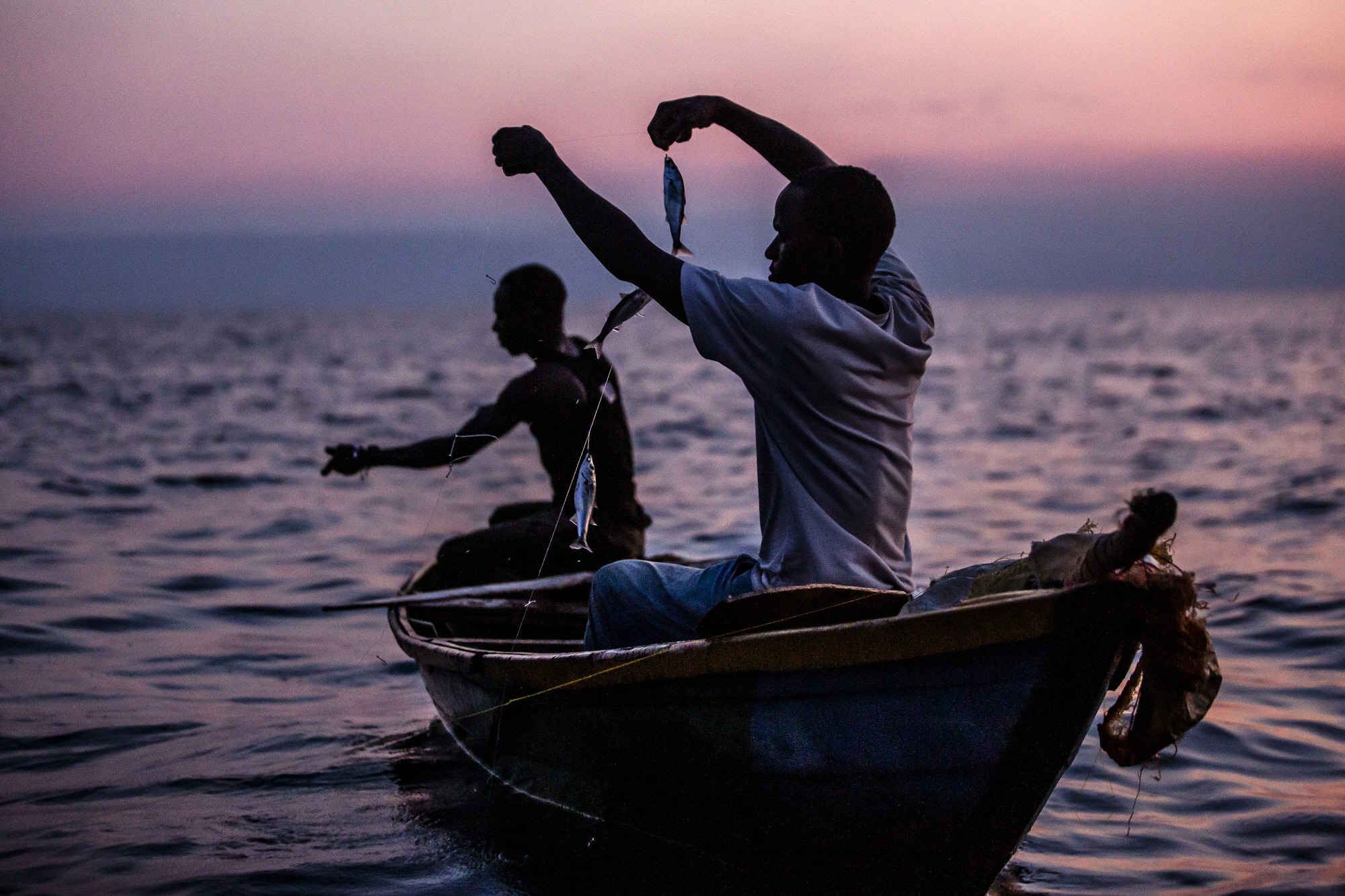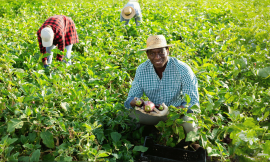Africa’s fisheries and aquaculture sector is a vital but often overlooked contributor to economic growth and food security. Over six million people rely on fisheries for their livelihoods, with fish accounting for almost 20 per cent of Africa’s animal protein and up to 60 per cent of animal protein consumption at country level, the sector is crucial to sustaining communities across the continent.
Yet, despite growing more than fivefold since 2000, the sector faces significant challenges. Up to 35 per cent of fish production is lost post-harvest while illegal, unreported and unregulated (IUU) fishing continues to deplete stocks and damage marine ecosystems.
If these issues go unaddressed, Africa could experience an annual fish supply deficit of 11 million metric tons (MT) within five years, threatening continental economic stability, food security and public health.
A new report by the Malabo Montpellier Panel sets out a four-point roadmap for how Africa may navigate and overcome these challenges, futureproofing this critical sector.
Investing in infrastructure and security
Cultivating sustainable growth in Africa’s aquaculture and fisheries means supporting farmers with the necessary technology and infrastructure while providing compliance incentives.
In Mozambique, the National Plan of Action demonstrates exactly how to do that. Under the Plan, officials have introduced new technology, such as vessel tracking systems and regulations, including stronger penalties against illegal fishing, to combat the danger of IUU fishing. These have significantly reduced illicit fishing, successfully protecting farmers’ livelihoods while reducing the threat of overfishing and damage to the marine environment.
Building market-wide resilience for the fisheries sector
As on land, with crops and livestock, so in the sea: small-scale producers make up the majority in fisheries and aquaculture. Similarly, small-scale fisherfolk often struggle with financial constraints, limited technical training and restricted market access.
In Ghana, however, government interventions are helping to cultivate a truly resilient small-scale fisheries sector. For example, the “Aquaculture for Food and Jobs Programme” is training 10,000 young people in small-scale fish farming, including free provision of 20,000 catfish fingerlings and 750 grammes of feed to each selected participant. By breaking down the barriers to market entry for these young people, the program is creating lifelong employment opportunities while boosting fish production. The ripple effect of this program is expected to generate an additional 50,000 jobs across the economy.
Fostering innovation in fisheries and aquaculture
To build a thriving fisheries and aquaculture sector for the future, embracing innovation will be critical. To discover, develop and scale the technologies of Africa’s future, we need to invest in the requisite human capital and put in place measures to build a skilled workforce capable of driving sustainable growth.
In Morocco, this process is already well underway. The country’s “Halieutis Strategy” has integrated innovations such as researching and implementing stock management plans, as recommended by the National Institute of Fisheries Research, installing artificial reefs to enhance fish production and support the regeneration of marine ecosystems, and digitalising auctions at fish markets to modernise and streamline the purchase process.
The results speak for themselves: fish production grew from 1.2 million metric tonnes in 2012 to 1.5 million metric tonnes in 2019, while fish and fishery product exports rose from USD 1.7 billion in 2009 to USD 2.3 billion in 2020. Morocco has since become a top fish exporter to the European Union (EU).
Facilitating investment, trade and cooperating across borders
Fragmented national regulations, inconsistent certification systems and weak investment environments are major barriers to regional cooperation, trade and growth in the African fisheries and aquaculture sector.
These obstacles are preventing African nations from fully benefiting from the African Continental Free Trade Area (AfCFTA); meanwhile, they limit capacity to reinforce ambitious continental development strategies such as the African Union’s 10-year food systems transformation strategy, the Kampala CAADP Declaration and its sustainable development plan for Africa’s aquatic resources, the Blue Economy Strategy.
Countries can look to examples like Malawi, where government interventions like tax breaks for fish feed, boat engines and processing machinery, or financial support, notably through the Export Development Fund, are attracting domestic and international private capital into the sector. With this investment and the subsequent growth of its fisheries industry, Malawi surpassed the annual fish production targets set in its 2011-2016 “Malawi Growth and Development Strategy” five years early, in 2012. By 2016, Malawi had almost doubled its output from 2011.
Seizing opportunities for sustainable growth
Climate change, overfishing and rising demand are pressure points for Africa’s promising freshwater and marine resources. However, by implementing the Malabo Montpellier Panel’s recommendations, taking cues from successful interventions across the continent, African leaders can safeguard their fisheries and aquaculture sectors for future generations.
A combination of smart investments, robust regulations and cross-border cooperation can transform Africa’s fisheries and aquaculture into a sustainable and resilient industry. Adopting these best practices can turn today’s challenges into tomorrow’s opportunities — unlocking a food-secure, economically prosperous and environmentally sustainable future.
Header Image: ©FAO/Luis Tato






